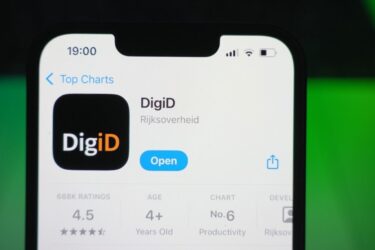The proposed new operating system from Microsoft, code named Longhorn, will not make an appearance before 2006, but that is within the time scale needed for long term planning. It must thus be considered today, if only superficially; it will of course change during development in any case, but we have already been given an insight into what is proposed.
The major developments in Longhorn are: the inclusion of several functions into the operating system which are today achieved with middleware; to quote Gates “more plumbing is embedded in the OS”; Web services are embedded and used internally; .NET support, whatever that may become, is included; and the Web browser will be an integral interface, as opposed to loading Internet Explorer as at present.
Clearly the programmable interface into Longhorn is both more extensive and different to NT or XP. There will of course be some patches offered for XP to give limited support for a few new applications and many of the current XP interfaces will be supported by Longhorn to give some backward compatibility. But the inevitable fact is that this advance in architecture means that a whole new set of Longhorn applications is needed. While this means high cost to adopters, the developers have been considered and there is a new interface called WinFX which tools vendors, Microsoft in particular, can support.
The other major feature is a new file system, WinFS. This is a significant technical advance, the key feature being extended support for Metadata (and thus of course XML). It goes a long way beyond file names, dates, authors, etc. which characterise current file systems. The advantages of this are significant, since it means, for instance, that a single search can made across different systems, e.g. Word, Excel, PowerPoint, etc. WinFS is probably the major feature, but a very disturbing one. It raises the question as to where this massive operating system is going to be used. Advanced file systems are the domain of shared servers, but Longhorn is embedding support for user graphics interfacing, which is a target for a client system. The inevitable conclusion then is that Longhorn is to be targeted as a thick client system, and a very thick one at that.
It is abundantly clear that the integral features of Longhorn means that Longhorn applications will not work with other systems, in particular they won’t work with other Web browsers. They will use a similar look-and-feel, but will exploit unique functions in the OS. It should be remembered that ActiveX allowed Web applications to use PC functions so that ActiveX enabled applications will not work with other browsers, etc. ActiveX in practice was used to sharpen up some Web applications, in competition with Java and other concepts but reading between the lines it seems clear that Microsoft plans a backward revolution and expects applications to be developed that focus on massive local data storage, rather than maintainable departmental or corporate data.
The thick client concept has its role in stand-alone, single-user systems, but surely that is the role of XP? In any case by 2008 the communications networks should have advanced to a point where utility (on-demand) computing is a reality and many domestic and mobile users will be migrating, following the example of Web-enabled and most business applications today towards a thin-client model.
There are a lot of good ideas being mooted for Longhorn, but it is difficult to see where such a product can find a market share, even for such experts at “selling ice to Eskimos” as Microsoft.< BR>
Martin Healey, pioneer development Intel-based computers en c/s-architecture. Director of a number of IT specialist companies and an Emeritus Professor of the University of Wales.








